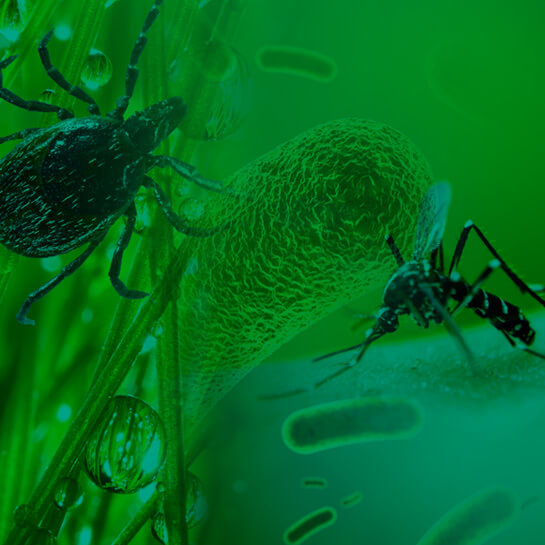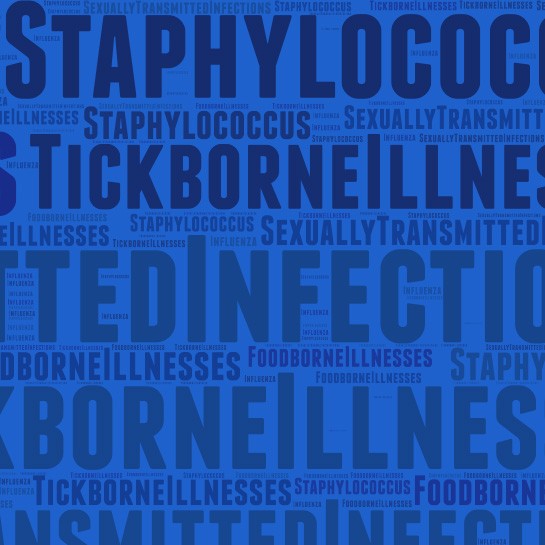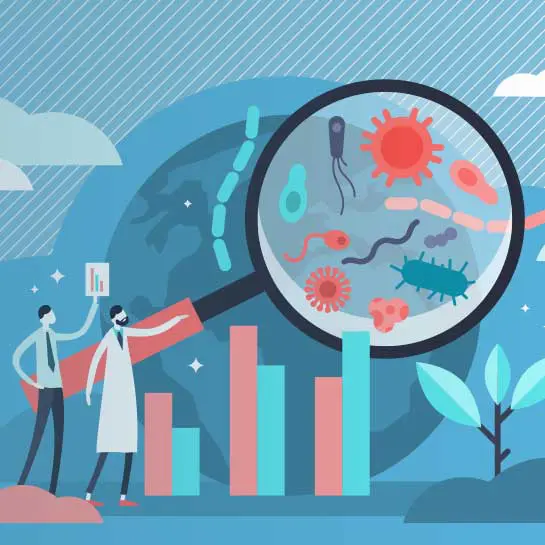Anaplasmosis
Treatment
Anaplasmosis Treatment
Caused by the bacterium Anaplasma phagocytophilum, anaplasmosis is a tick-borne disease with an average occurrence of 8.9 cases per one million Americans. Although it is relatively rare, it’s important to get treated right away if you’ve received a tick bite and notice symptoms. With nine convenient locations across New Jersey, you can receive comprehensive anaplasmosis treatment services through ID Care’s expert infectious disease team.
Anaplasmosis Treatment Signs and Symptoms
Anaplasmosis is most commonly spread by black-legged ticks and western black-legged ticks. Certain groups may be more at risk for developing anaplasmosis, including older people and those with weakened immune systems. The disease develops in two stages, causing symptoms to develop anywhere from one to two weeks after the bite and offering varying degrees of effects in each stage.
Early stages
Between one and five days after being infected, patients usually experience mild to moderate symptoms, including:
- Fever and chills
- Severe headache
- Muscle soreness
- Nausea, vomiting, and/or diarrhea
- Loss of appetite
Late stages
If anaplasmosis goes untreated for too long, severe symptoms may develop that can have lasting or even fatal consequences, including:
- Respiratory failure
- Uncontrolled and/or unexplained bleeding
- Organ failure
- Death
Diagnosis and Treatment
To diagnose cases of anaplasmosis, your doctor will first take a history to determine the likelihood that you’ve contracted it. During the examination, they will ask about your tick bite(s), potential exposure, and travel history. Anaplasmosis is most commonly contracted in the spring and summer months, when ticks are highly active, and is most frequently reported in the northeastern United States. Your doctor will consider these important factors as they determine your diagnosis.
To support an anaplasmosis diagnosis, your doctor will likely run an indirect immunofluorescence antibody blood test, polymerase chain reaction amplification, or other tests as needed. If your results come back positive, you will then start receiving the appropriate treatment.
For adults and children of all ages, doxycycline is the number one recommended treatment for anaplasmosis. If started in the early stages of anaplasmosis, a patient’s fever will normally subside within 24 to 48 hours. If a patient is allergic to doxycycline or otherwise unable to take it, Rifampin may be recommended as an alternative.
Prevention Methods
Currently, no vaccine is offered that can prevent anaplasmosis. However, there are several measures you can take to prevent tick bites and disease development, including the following:
- Using insect repellents registered by the Environmental Protection Agency
- Avoiding walking in densely-wooded, grassy areas
- Wearing long-sleeved shirts and long pants
- Checking your body for ticks and paying close attention to warm, moist areas like the underarms and scalp
- Showering soon after outdoor activity
If you spot a tick on your body, use a pair of tweezers to gently grip and slowly remove it. Dispose of it by flushing it down the toilet or soaking it in alcohol, taking care not to squeeze it. After removal, be sure to visit ID Care to get tested.
Expert Infectious Disease Care
At ID Care, our team of healthcare professionals is standing by to provide comprehensive infectious disease treatments for anaplasmosis and other tick-borne diseases. We are also equipped to offer top-notch care for a variety of conditions, including wounds, pneumonia, urinary tract infections, and many more. For more information, schedule an appointment at your local ID Care clinic or call us at 908-281-0221.






